The recent sweltering heat has forced schools in several Asian countries to move their classes online, similar to the method used during the COVID-19 pandemic.
Many schools had to close

A classroom in Bangladesh.
Heatwave has forced 33 million children to stay home from school in Bangladesh, as temperatures in many parts of the country soared to 42 degrees Celsius. Schools and universities will remain closed until April 27.
On April 25, the Bangladesh Ministry of Education announced that it would reopen schools from April 29, despite warnings from the Meteorological Department that the heat wave would show no signs of ending.
This is the second year in a row that Bangladesh has closed schools due to severe weather. It comes after schools in the Philippines and India were also closed as a heatwave swept across Asia.
The Odisha state government on April 21 announced summer vacations for students from April 25 due to the severe heatwave. In a press release, the state government said all schools, including government and private schools, will be closed from April 25.

Students go to school under the scorching sun in Manila, Philippines on April 2.
Students at 7,000 public schools in the Philippines have been out of class since last week due to unusually hot weather in many areas. Teacher Erlinda Alfonso, who works at a public elementary school in Quezon City near Manila, said she didn't know what was worse for her students: being sweltering in an overcrowded classroom or trying to learn from home.
“Some students told me they prefer to go to school because it is too hot at home,” said Erlinda Alfonso, adding that many of her students live in slums and do not have internet access to take online classes.
While teachers also created syllabuses with assignments specifically for students who could not study online, Ms. Alfonso said this arrangement prevented students from asking questions and getting support when they encountered problems.
With most public schools in the country of 115 million people ill-equipped to cope with soaring temperatures and other extreme weather conditions, online classes have become the safest option during the current heatwave.
In a survey conducted by the ACT-NCR teaching association, more than three-quarters of Filipino teachers surveyed described the heat as “unbearable.” 46% of teachers said their classrooms had only one or two electric fans, and ventilation measures were inadequate to cope with the high temperatures.
Alarm bells

People cover up to avoid the heat while traveling in Raipur, India on April 15.
“Children in Bangladesh are among the poorest in the world and heat-related school closures are a wake-up call for all of us,” said Shumon Sengupta, director of Save the Children Bangladesh. The Bangladesh Meteorological Department issued its fourth heatwave alert this month on April 25. Bangladesh is one of the most vulnerable countries to the impacts of climate change.
According to the Intergovernmental Panel on Climate Change (IPCC), a sea level rise of 30 to 45 cm could displace more than 35 million Bangladeshis from coastal areas – equivalent to about a quarter of the country's total population.
Bangladesh's weather agency has forecast that the intense heat will last for at least another week. Hospitals and clinics have been told to prepare for a surge in patients suffering from heat-related illnesses. Bangladesh's Health Minister Samanta Lal Sen said earlier this week that patients suffering from heatstroke would be admitted to air-conditioned wards.
Fires across the Philippines from January to March increased 24% compared to the same period in 2023 due to power overload and electric fans overheating due to continuous use.
Countries in Asia have borne the brunt of extreme weather events in recent years.
“Many countries in the region experienced their hottest year on record in 2023, along with a range of extreme conditions, from droughts and heatwaves to floods and storms,” the World Meteorological Organization (WMO) said in a new report.
“Climate change exacerbates the frequency and severity of such events, with profound impacts on societies, economies and, most importantly, human life and the environment we live in,” said WMO Secretary-General Celeste Saulo.
Source



![[Photo] General Secretary To Lam receives the Director of the Academy of Public Administration and National Economy under the President of the Russian Federation](/_next/image?url=https%3A%2F%2Fvphoto.vietnam.vn%2Fthumb%2F1200x675%2Fvietnam%2Fresource%2FIMAGE%2F2025%2F12%2F08%2F1765200203892_a1-bnd-0933-4198-jpg.webp&w=3840&q=75)

















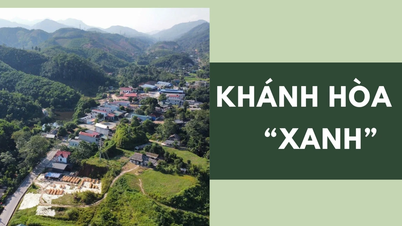
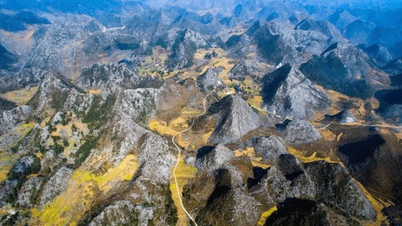
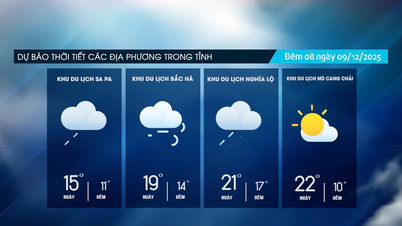







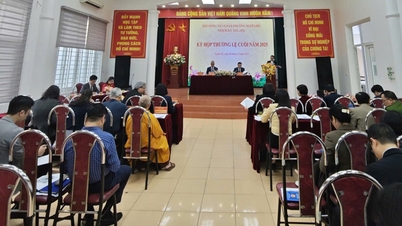



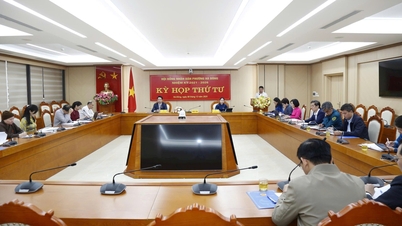

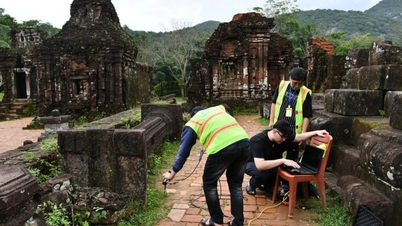



























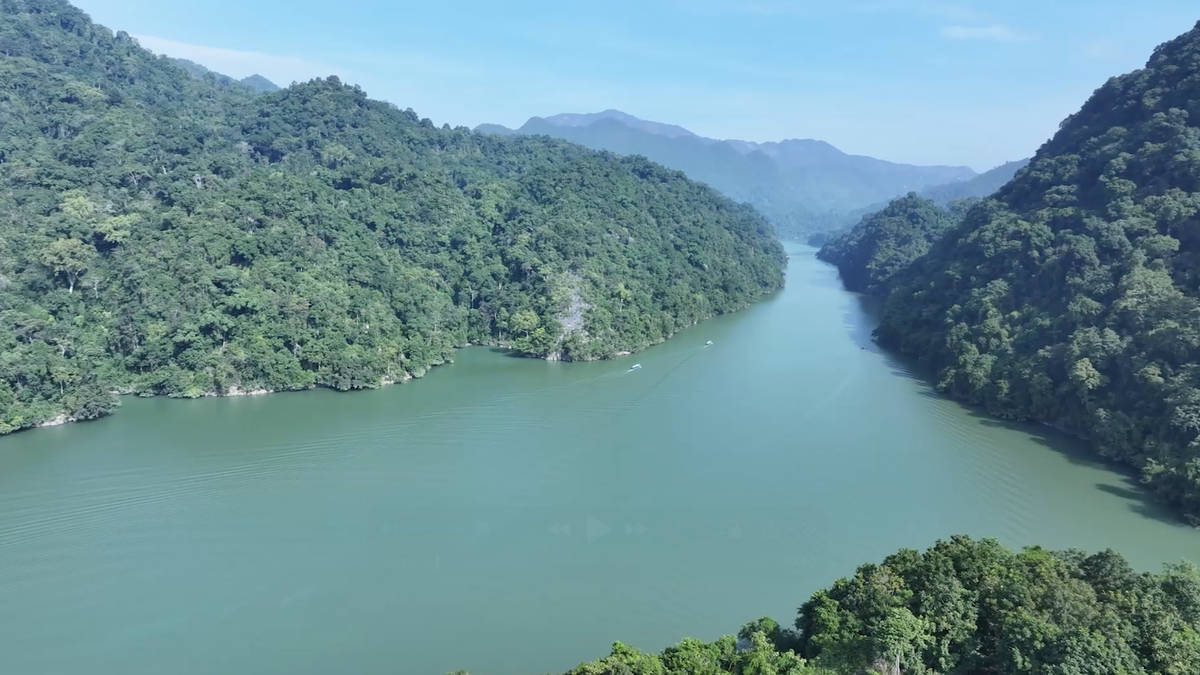









































Comment (0)